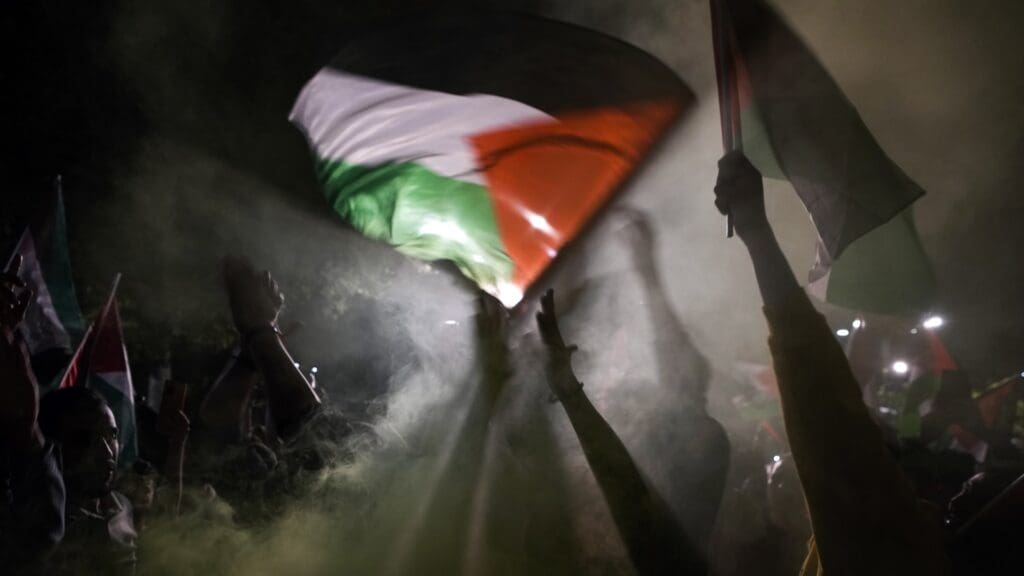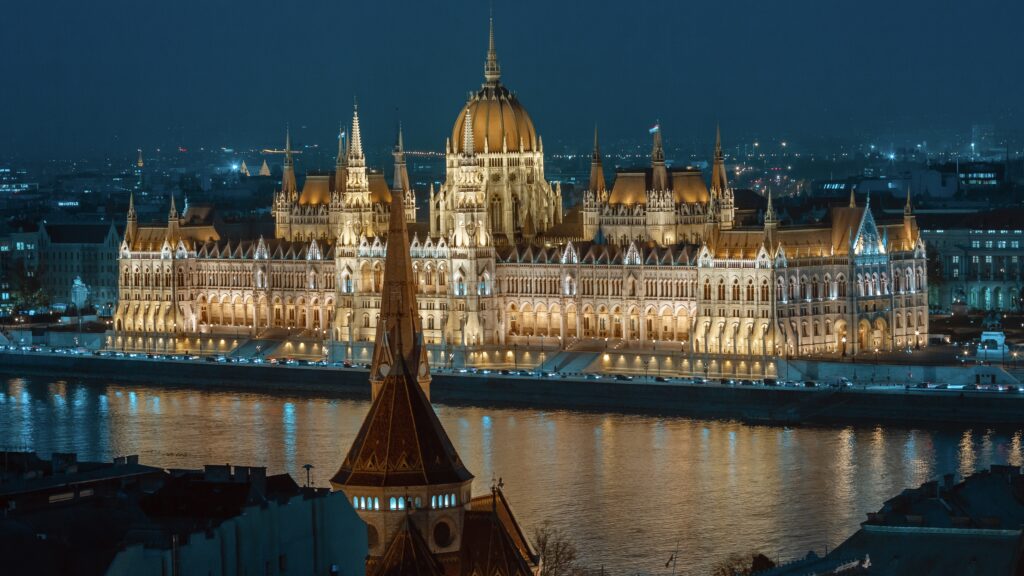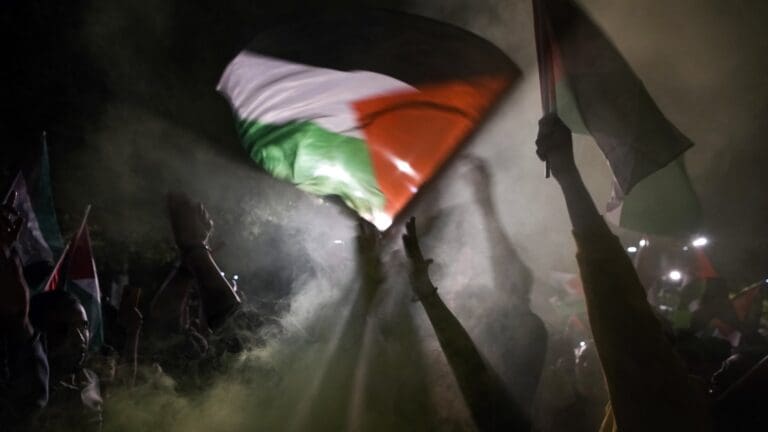The Iran–Israel war, which started on 13 June 2025, escalated to a conflict between the two states that has the potential to infect Europe and thus Hungary significantly. The war poses the threat of a new wave of migration towards Europe, carrying with it the risk of an increase in terrorist attacks.
While a ceasefire agreement has formally come into effect between the two sides, such arrangements in the Middle East are often short-lived, typically enduring only until one party breaches the terms.
International Fear
The fear of another refugee crisis is emphasized not only by Prime Minister Viktor Orbán, but also by UN High Commissioner for Refugees Filippo Grandi, stating that: ‘This region has already endured more than its share of war, loss, and displacement—we cannot allow another refugee crisis to take root.’ Grandi urged the international community to de-escalate the conflict as soon as possible, adding: ‘Once people are forced to flee, there’s no quick way back—and all too often, the consequences last for generations.’
Viktor Orbán, who is famous for his fight against illegal migration in Europe, also warned that the Iran–Israel war will affect Europe, with protests and heightened terror threats. He emphasized that Hungary is in a strong position because it has never allowed mass migration. He assured that the government will take all necessary steps to ensure the country’s peace and security.
‘Once people are forced to flee, there’s no quick way back’
Péter Szijjártó, the Hungarian Minister of Foreign Affairs and Trade, had already discussed the security situation in the region and the dangers of illegal migration with his counterpart, Amir Ohana, in Jerusalem, before the outbreak of the war between Iran and Israel. At that time, Péter Szijjártó emphasized that, like Israel, Hungary is acting correctly by strictly controlling its borders and not allowing illegal entrants. He said: ‘This is one of the most important foundations of our security.’
Internal Displacement
According to the analysis of Mixed Migration Centre, the recent escalation between Israel and Iran has triggered significant internal displacement within the Islamic Republic, with thousands of civilians fleeing major urban centres—mostly Tehran—amid intense aerial bombardments and growing fears of further escalation. Reports from the early days of the conflict indicated widespread panic, as residents scrambled to evacuate cities targeted by Israeli airstrikes. The situation was further exacerbated by official warnings issued by both Israeli and US leaders, advising Iranian civilians to leave areas considered likely targets.
Although a ceasefire agreement has since come into effect between the two parties, historical precedent in the Middle East suggests such truces are often fragile and short-lived. For many of those who fled their homes, the ceasefire offers only a tentative sense of relief. Displaced families now face a difficult wait-and-see period, assessing whether it is truly safe to return or if renewed hostilities are imminent.
‘For many of those who fled their homes, the ceasefire offers only a tentative sense of relief’
Potential for Cross-Border Displacement
Though no large-scale refugee movement across Iran’s borders has happened thus far, the potential for significant cross-border displacement remains high. There is a modest increase in the number of Iranians entering neighbouring countries such as Türkiye, Armenia, and Iraq. However, these figures could rise rapidly if the security situation deteriorates further, particularly in the event of a regime collapse, an escalation of internal conflict, or a breakdown of civil order. A prolonged period of instability could lead to conditions in which hundreds of thousands, if not more, would be forced to seek safety beyond Iran’s borders.
Iran’s socio-economic profile suggests that, if pushed to flee, many of its citizens may be relatively better positioned to do so than refugees from previous regional crises. The country’s population is highly urbanized and generally better educated, and its GDP per capita remains higher than Syria’s was at the onset of its civil war. In addition, Iran has a substantial and well-established diaspora, estimated to be between 4 and 8 million, spread across Europe, North America, and the Middle East, which could provide critical support networks for those seeking to leave. These factors collectively suggest the possibility of a highly mobile refugee population capable of relocating quickly and potentially over considerable distances.
Refugees Residing in Iran
Additionally, the estimated 4.5 million Afghan refugees and migrants already residing in Iran are caught in an increasingly dangerous and uncertain situation. Most of them lack formal legal status and are confined to the margins of society, often relying on informal or exploitative labour to survive.
Their access to basic services is severely limited, and they are subjected to inflated costs for essentials such as food, housing, and transportation. In recent months, this already vulnerable population has come under growing pressure amid a wave of mass deportations and intensifying state hostility. In 2024 alone, Iranian authorities deported an estimated 750,000 Afghans, and plans have been announced to expel up to 2 million by March 2025.
With formal pathways closed and borders sealed, particularly towards Türkiye and Afghanistan, many Afghans are now unable to move within Iran due to legal and financial constraints and are unable to leave the country.
A growing climate of xenophobia compounds their vulnerability. In recent weeks, Iranian state media and local online platforms have circulated claims that some Afghan nationals were collaborating with Israel or involved in espionage, fuelling further public resentment and reinforcing a narrative of suspicion and hostility.
Related articles:







